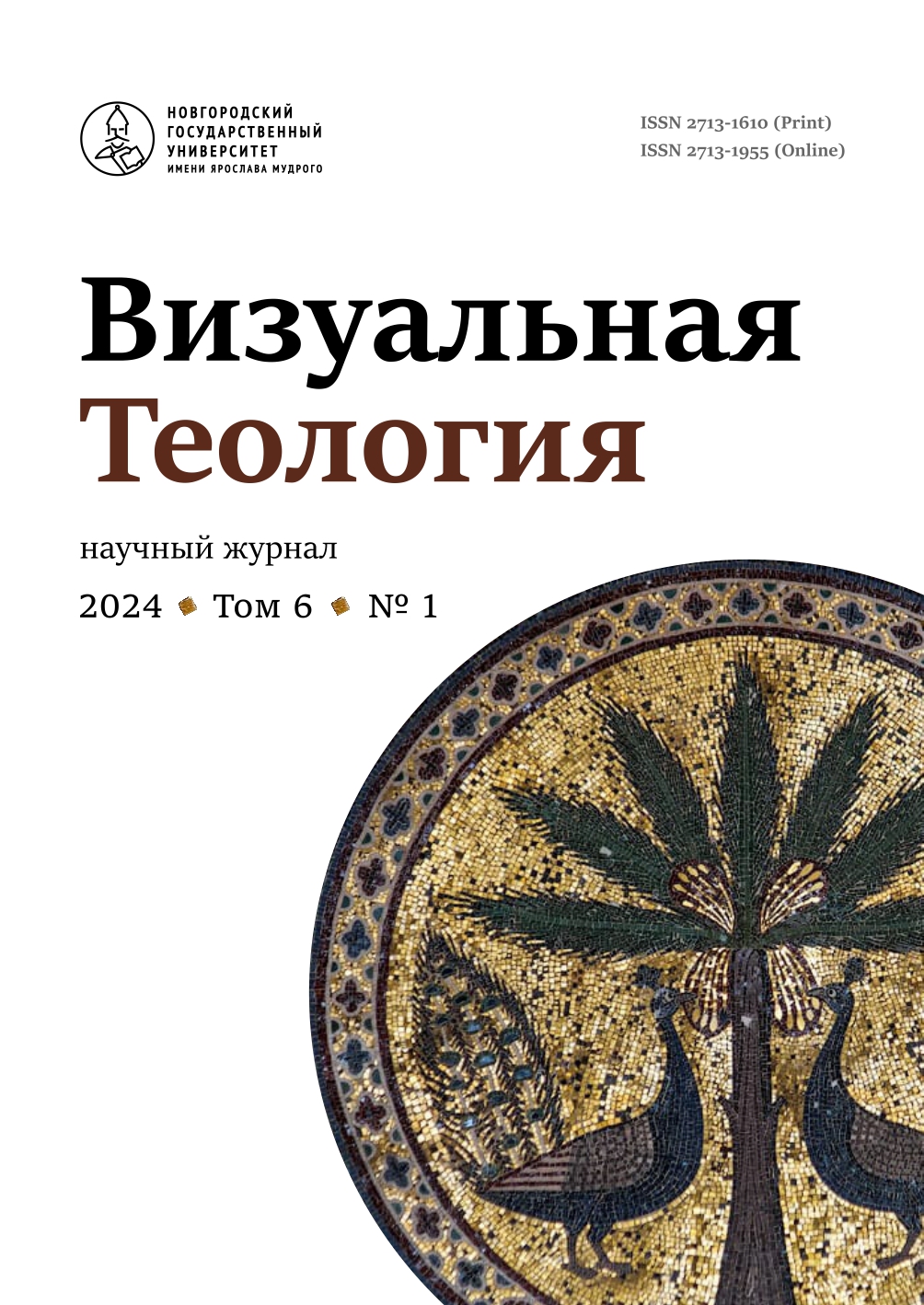She Who is Crucified Upon the Rood of Time: Parergonality of Intervisuality in the National-Religious Reflection in Russia at the Beginning of the New Millennium. The Iconographic Study
Abstract
This article studies intervisuality (Michael Camille, 1991) in the context of iconographic studies by the example of a Russian religious painting created at the turn of the 21st century. Our analysis of intervisuality is based on Derrida’s approach which makes use of the concept ‘parergon’. This is something that does not belong to the work (ergon) but is connected to it. The ergon without parergon lacks self-sufficiency. In the case of intervisuality, the interaction of the work (ergon) with its visual and verbal frames and sources (parerga), accompanied with the gaps and incongruities of perception, or “frame friction” in the words of Simone Heller-Andrist (2012), bring us to solutions of research problems of iconological interpretation and attribution. Thus, the impression of “fake” produced by parergon, such as the design of the reverse side of a painting, mimicking an icon board (if there is a confidence in intentionality), indicates author’s manifestation in which parergon and ergon interchange similarly to the “manneristic inversion” noted by Max Dvořák (1922), while unintentional imperfection due to failures, lack of skill or limited resources would rather indicate the inept stylization or a plain imitation. Thus, the parergonality of intervisuality enriches the problem field of iconographic and visual research with meaning. The work is based on an art historical study of a painting by an unknown author, a visualization of thoughts on national and religious themes and visual exegesis of historical symbolism appreciated by the audience of the period of the work’s creation. It is rich in allusions to texts on the religious philosophy of freedom by Nikolai Berdyaev (1911) about the crucified truth of Christianity and to the historiosophical lectures and poems by Maximilian Voloshin (1920) thematizing the crucified Russia – a metaphorical image which was popular during periods of social upheavals in national history.



